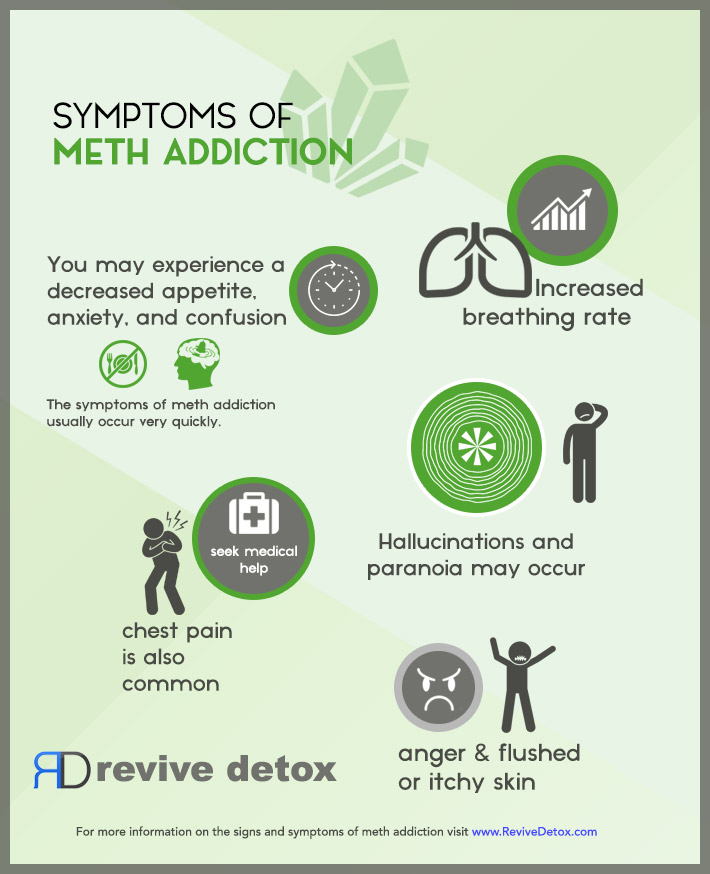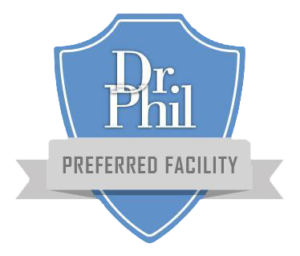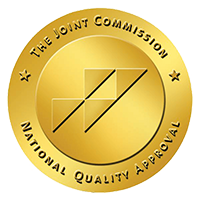Meth addiction is becoming more common and signs that someone has a problem with the drug aren’t always obvious. On this page we discuss the most common signs and symptoms of meth addiction as well as the most effective treatments.
What Are Methamphetamines?
Methamphetamines are a class of psychostimulant drugs known to be highly addictive. It increases the levels of dopamine and norepinephrine in the brain and produces a euphoria similar to cocaine.
Meth is also known as ice, crystal, speed, chalk, and crank. It was first used as a nasal decongestant and respiratory stimulator and was also given to military personnel during World War II, to keep them awake. It is now one of the most commonly abused drugs in the U.S.
What Are the Signs of Meth Addiction?
The signs of meth addiction can vary between users but some of the more common include:
- Hyperactivity andgrandiose behavior
- Drastic weightloss and lack of appetite
- Tooth decayand teeth loss
- Twitching, increased talking and distractibility
- Dilated pupils
- Aggression and/or violence
- Loss of consciousness
Because the effects of meth addiction are so severe, the user may not understand that they have a problem. If you suspect that someone you love has become addicted to methamphetamine, we suggest you seek professional advice as soon as possible.
Are the Signs the Same with Crystal Meth Addiction?
Yes. Crystal meth has the same properties as meth, the only difference is in how it is used. The term crystal meth is used to describe methamphetamine in the form of tiny blue or white rocks, known as ice. This is usually smoked in a flute, or small glass pipe.
Methamphetamine can also be injected into the vein or snorted through the nose, in powder form. It can also be taken it tablet form, such as medications given to children suffering from Attention Deficit Hyperactivity Disorder.
What Are the Most Common Meth Addiction Symptoms

Hallucinations and paranoia may occur along with anger and flushed or itchy skin. Chest pain is also common. However, as chest pains can be symptomatic of other issues, it’s important to seek medical help is this occurs.
The Long-term Effects of Meth Addiction
The long-term effects of meth abuse are severe and can often result in death. Lung disease, heart disease, and brain disease are also common in people addicted to meth.
You may also experience an unhealthy weight loss, and your appearance may change rapidly, as this drug will age and damage your body quickly. Severe tooth decay, gum disease, and damage to blood vessels are also possible. Overdoses, depression, and suicide are, sadly, very common.
What Are the Signs of Meth Withdrawal?
Meth withdrawal is a very unpleasant experience and symptoms can often start to occur within 24 hours of taking the last dose. Although everyone is different, here are the main signs that you may be experiencing meth withdrawal:
- Paranoia, anxiety, and insomnia
- Fatigue followed by an overwhelming depression
- Intense cravings for the drug
- Headaches, irritability, and restlessness
- Psychosis, hallucinations, and delusions
How Long Do Meth Withdrawal Symptoms Last?
As mentioned, withdrawal symptoms begin as quickly as 24 hours after taking your last dose. How long you will experience these symptoms is determined by many factors, including length of use, tolerance level, and your personal physiology and environment.
The crashis the first stage of meth withdrawal and lasts between 3 to 10 days. This is when you are most likely to experience symptoms such as paranoia, anxiety, and hallucinations. Cravings for meth do not always occur at this stage and you may find that you are sleeping a lot.
Cravings for meth often begin during the second phase of withdrawal and can be accompanied by depression and insomnia. This stage can last up to 10 weeks and during this time, the urge to use again is usually very strong.
During the third stage of withdrawal, the cravings will become less potent and will occur less often. This stage can last up to 30 weeks or even longer. It’s important to note that the longer you stay clean, the easier it will become.
What’s Involved in Meth Addiction Treatment?
It’s extremely important that you receive the right treatment for meth addiction to ensure that you’re able to achieve and maintain sobriety. Detoxification is the first step and we strongly recommend that this be conducted under the supervision of medical professionals.
Treatment should take a holistic approach and can include cognitive-behavioral therapy as well as contingency-management, planning, and interventions. Medication-assisted therapy can be useful for symptom management, however, this is not a long-term solution.
At Revive Detox we offer a highly effective and unique detoxification program for patients because we recognize that meth addiction has unique characteristics that other drugs do not. Because of this, we keep our patient numbers down and provide a 4:1 staff to client ratio so that each patient receives optimal care.
Our programs utilize many components, including nutrition therapies, aromatherapy, massage therapy, and both individual and group counseling. We are also happy to include family member in your treatment if that is your wish.
How to Get Help for Your Meth Addiction
Our staff are available by phone or email, 24 hours per day, 7 days per week. If you or someone you love needs help to recover from meth addiction, please get in touch and we can work on an individual plan together.
Remember, you don’t have to do this alone and it’s always best to get clean under the correct medical supervision.Most PPO Health








